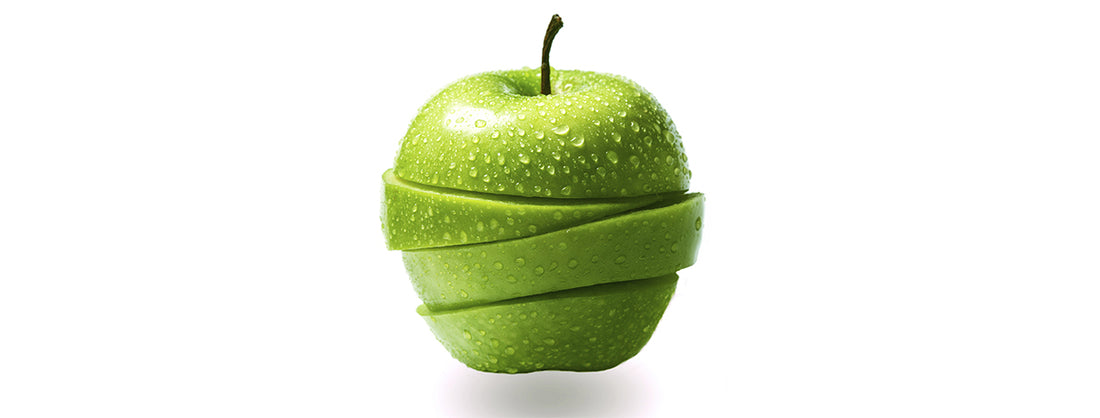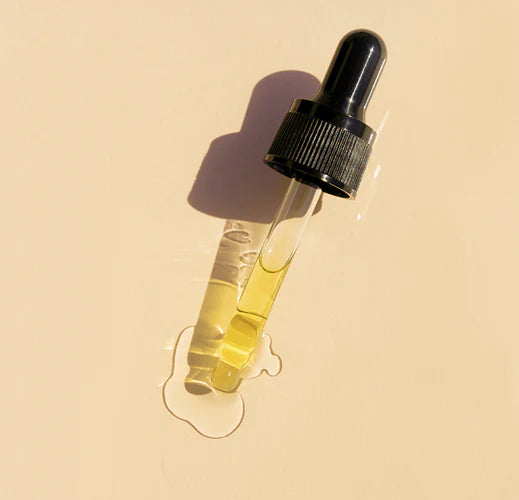This active ingredient won the prize in European Innovation “Best Active Ingredient” in 2008. It is a revolutionary technology designed to protect human skin stem cells with the help of stem cells from a rare Swiss apple. The clinical trials conducted by the company who discovered this ingredient showed that 100% of the participants saw a reduction in fine lines and wrinkles after using a solution containing 2% PhytoCellTech Malus Domestica.
According to the Bible, Adam bit into an apple (coaxed on by us femme fatales) and deprived Earth of Heaven...was he attracted by the delicious taste or did he already know of the amazing youth-boosting properties of this fruit?
PhytoCellTec Malus Domestica is an award-winning patented liposomal preparation, so containing tiny bubbles made out of the same material as cell membranes, based on the stem cells of a rare Swiss apple called Uttwiler Spätlauber that derives from a seedling planted in the middle of the18th century. Uttwiler Spätlauber is an endangered apple variety that is well-known for its ability to be stored for long periods without shrivelling and thus its longevity potential. The apples are rich in phytonutrients, proteins and long-living cells. A novel technology has now been developed enabling the cultivation of rare and endangered species like Uttwiler Spätlauber. Thanks to this technology, plant stem cells can be obtained and incorporated into skin care products to enhance the longevity of skin cells. Not only does it protect the skin’s own stem cells but has been shown to have excellent age-delaying and anti-wrinkle properties, and is currently one of the most pioneering and exciting ingredients in skin care.
THE SCIENCE BEHIND STEM CELLS
Stem Cells and Longevity
Longevity is related to specific cells called stem cells which have a unique growth characteristic. These cells can make identical copies of themselves as well as differentiate (in other words, split) to become separate, specialised cells. Two basic types of stem cells are present in the human body:
Embryonic stem cells found in blastocysts (structures found in the human pre-embryonic stage) can grow and differentiate into one of the more than 220 different cell types which make up the human body;
Adult stem cells located in some adult tissues can only differentiate into their own or related cell types. These cells act as a repair system for the body but also maintain the normal turnover of regenerative organs such as blood, skin or intestinal tissues.
Research on Stem Cells and Applications
Currently in medicine, adult stem cells are already used particularly in transplant medicine to treat leukemia and severe burns. In the cosmetic field, scientists are focusing their research on adult stem cells located in the skin. They are studying the potential of this type of cells, their functioning and aging. This research is helping us understand how to protect skin stem cells.
Stem Cells in the Human Skin
In the human skin, two types of adult stem cells have been identified:
- Epithelial skin stem cells which are located in the basal layer of the epidermis.
- Hair bulge stem cells located in the hair follicle.
Epidermal or skin stem cells replenish and maintain the balance of cells within the skin tissue and regenerate tissue damages during injury. But with age, the number of skin stem cells decreases and their ability to repair the skin becomes less efficient.
Plant Stem Cells to Protect Skin Stem Cells
In contrast to human, plant cells are totipotent, meaning that every cell has the ability to regenerate new organs (leaves, flower, seed…) or even the whole plant. Besides, all plant cells can differentiate and become a stem cell. All stem cells, independently of their origin (plant, animal or human) contain specific epigenetic factors whose function is to maintain the self-renewal capacity of stem cells.




